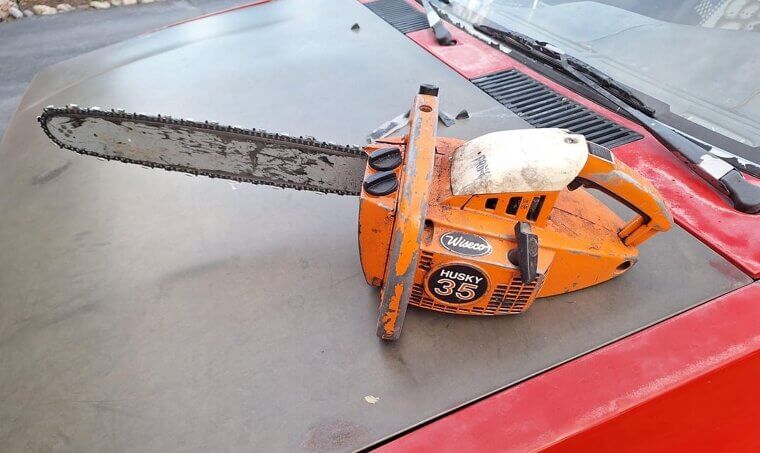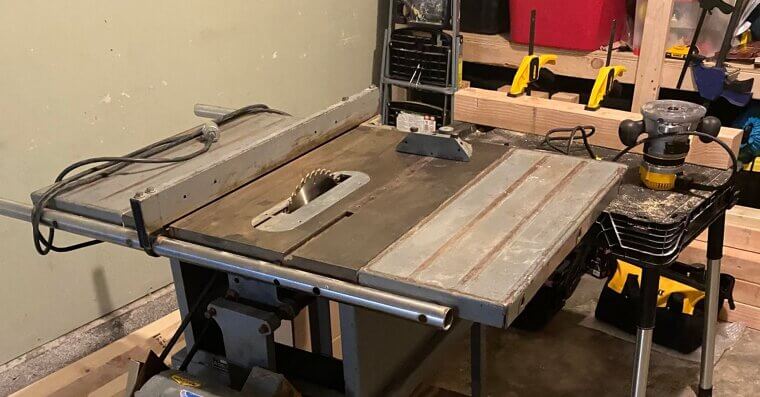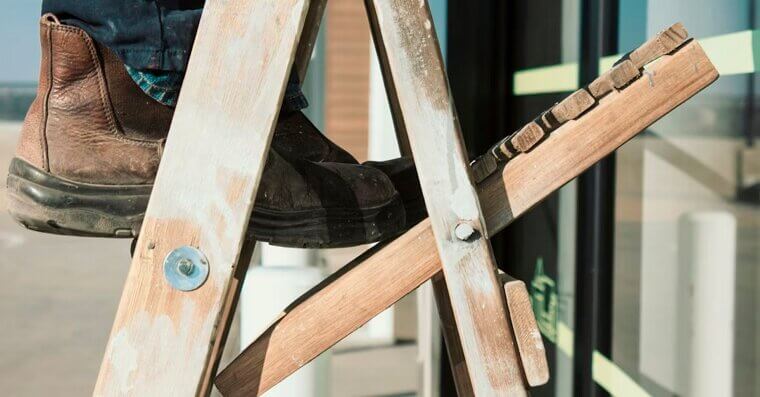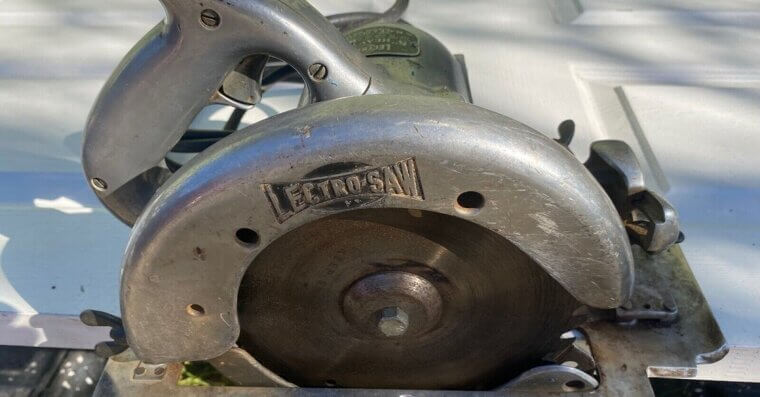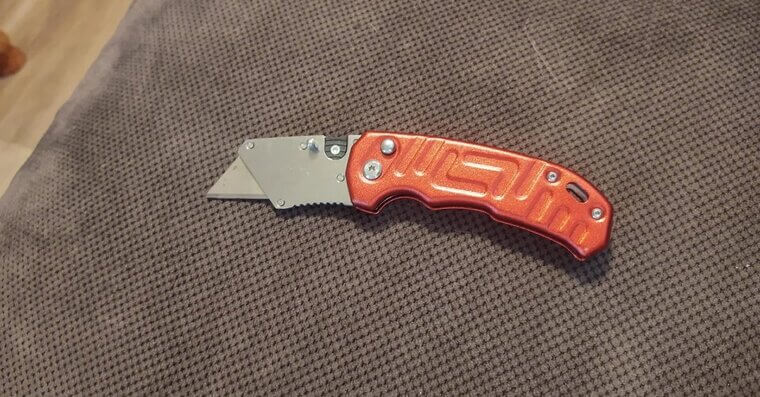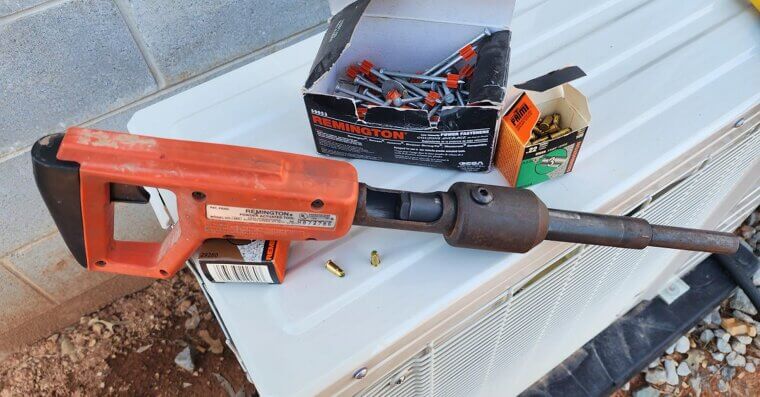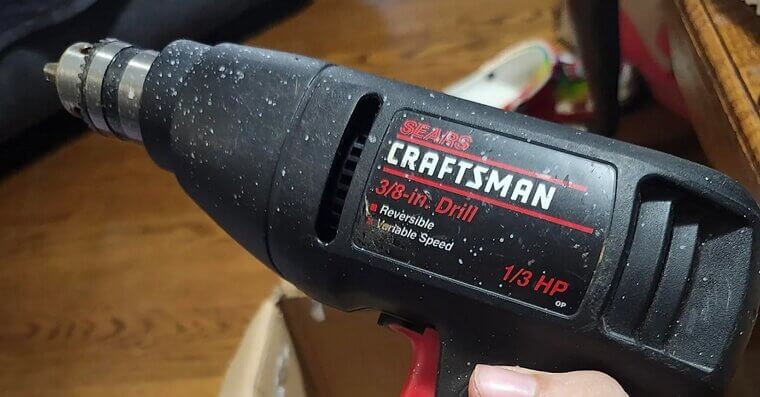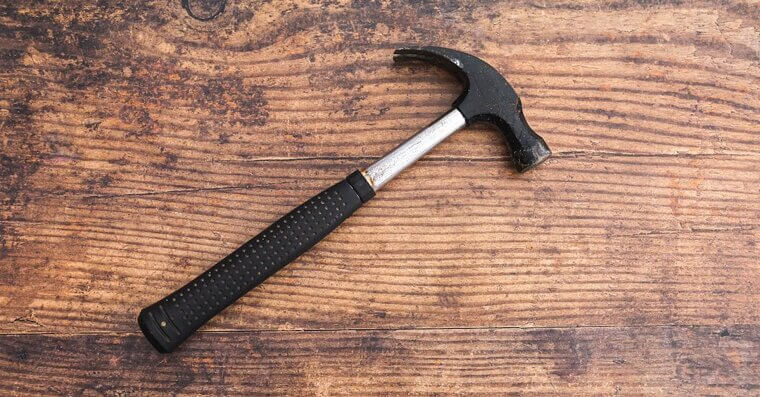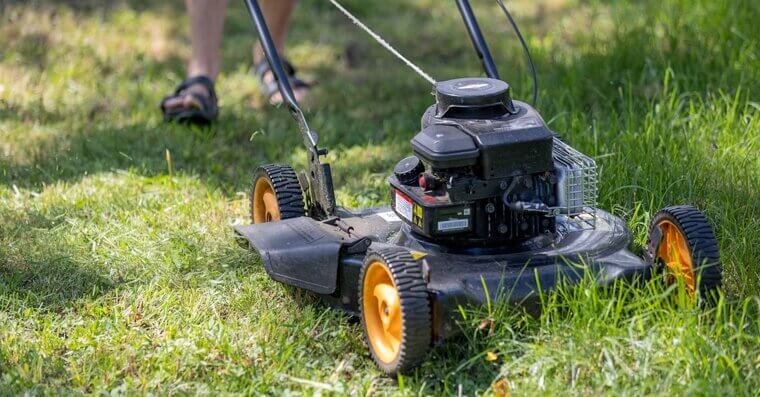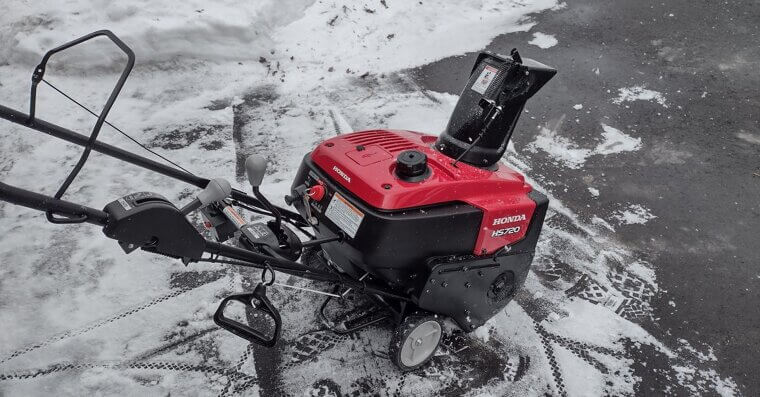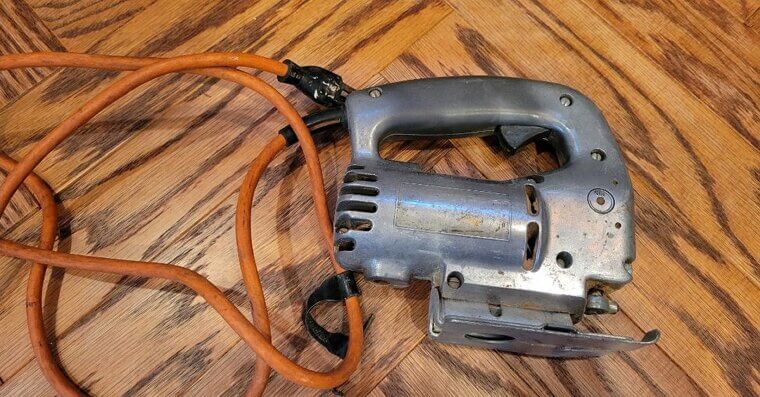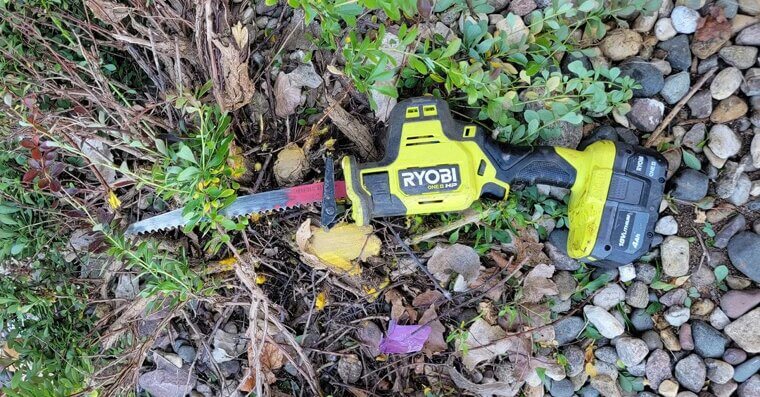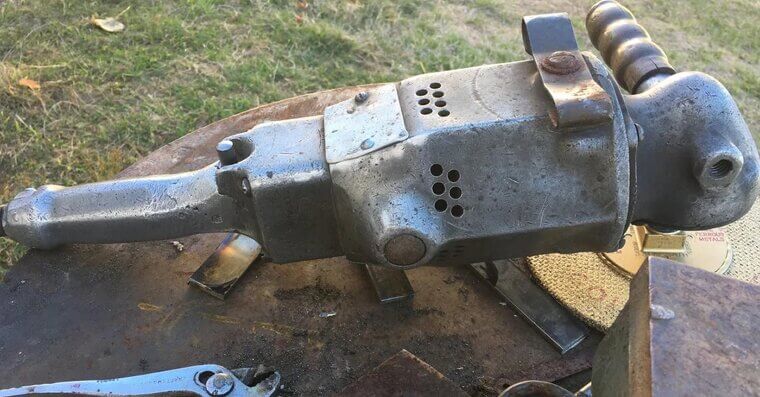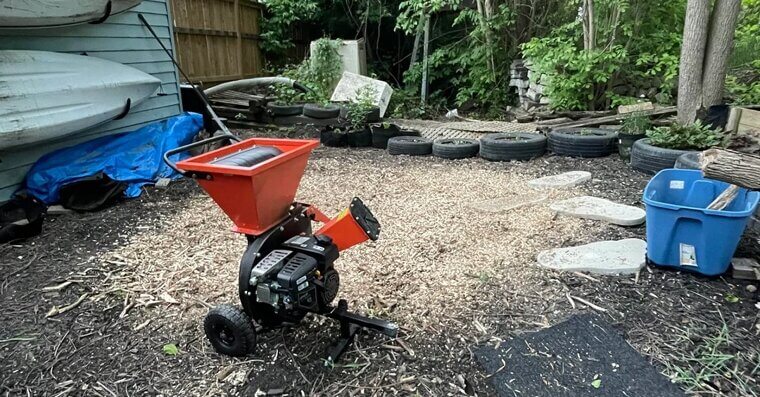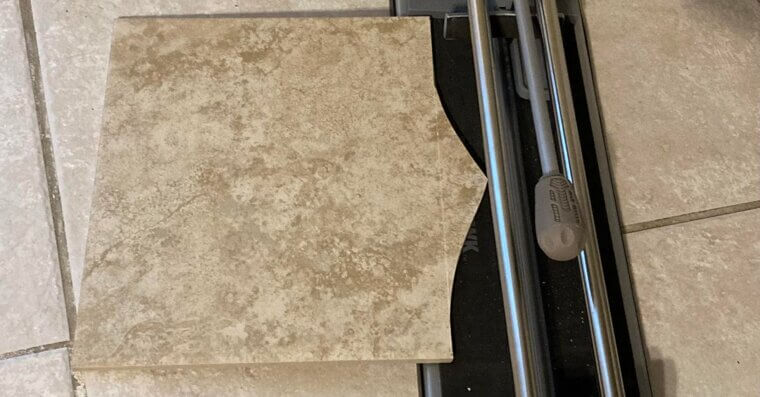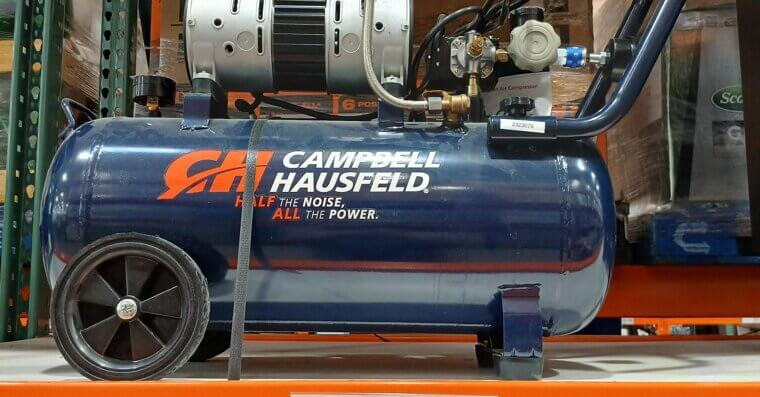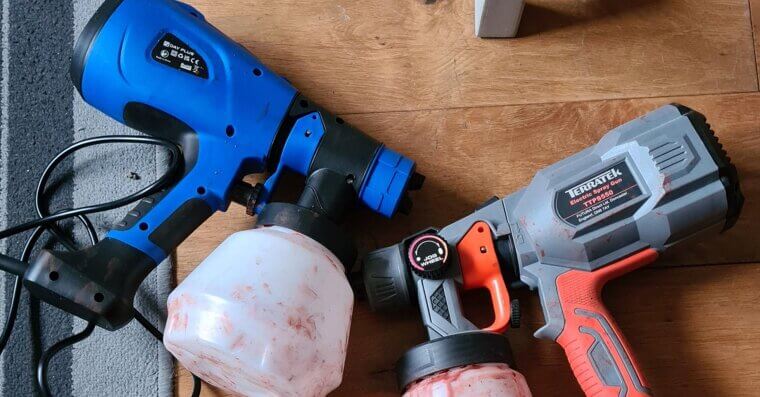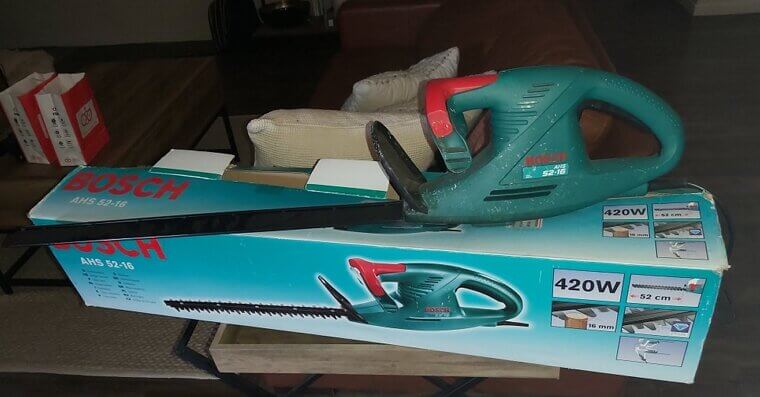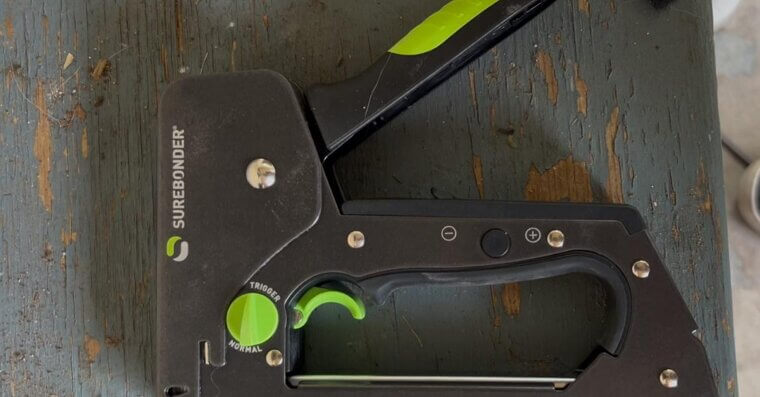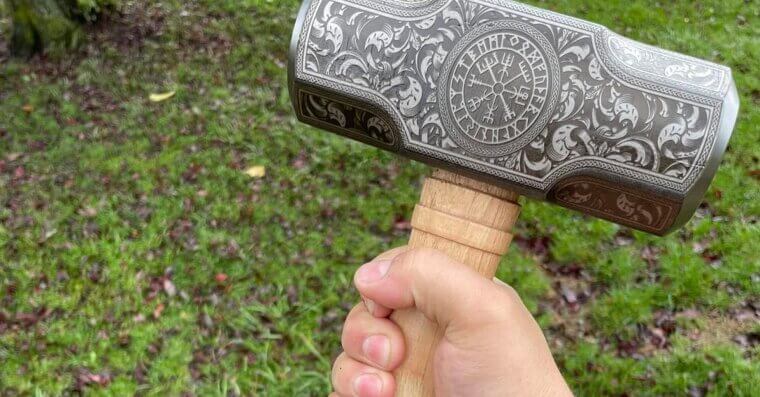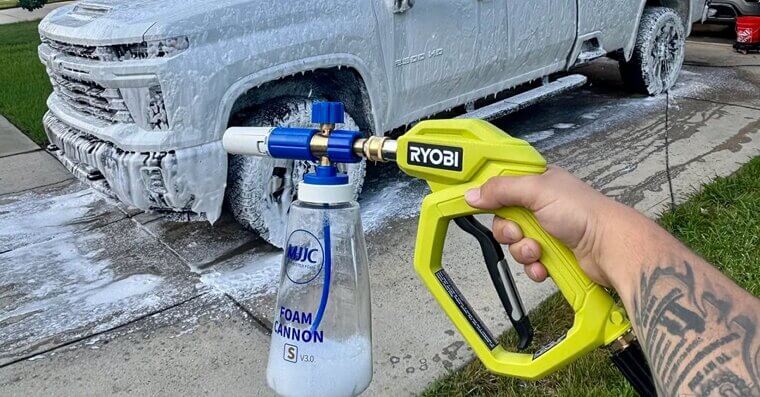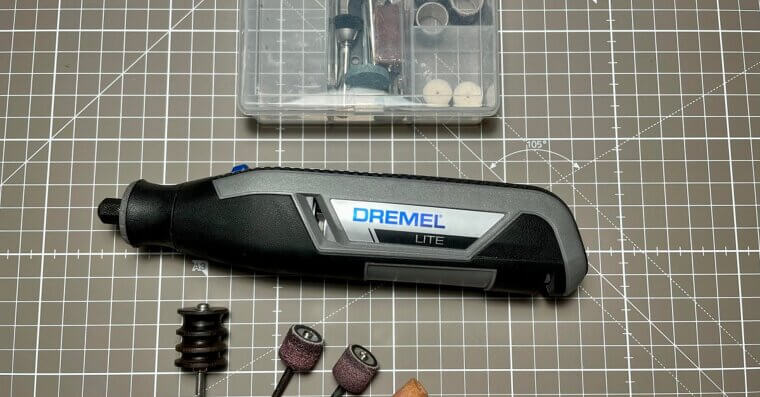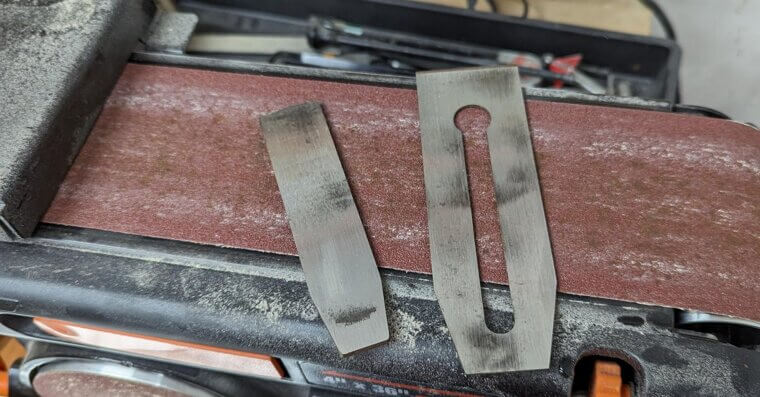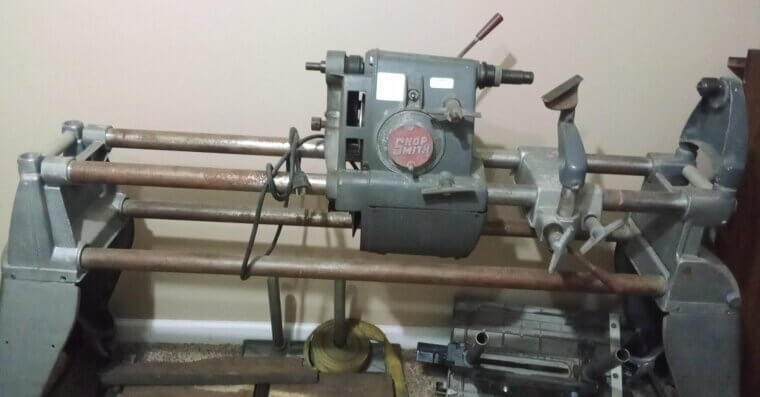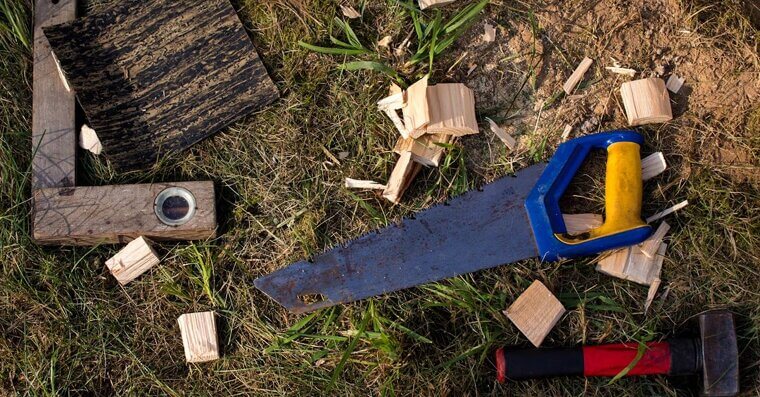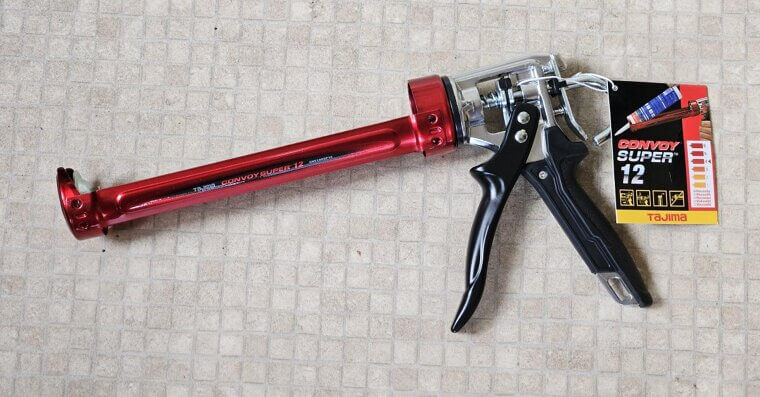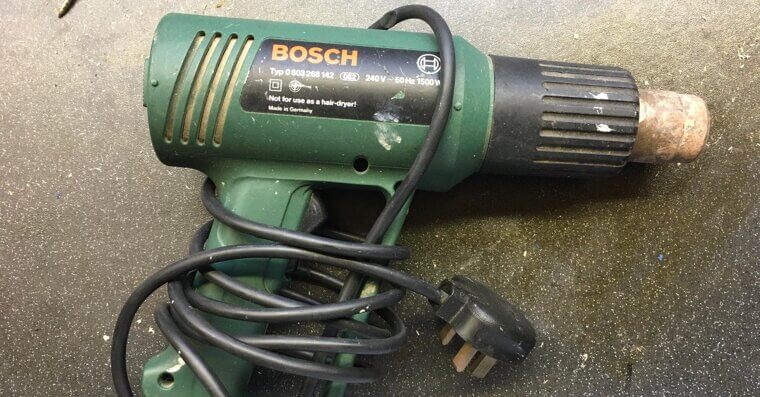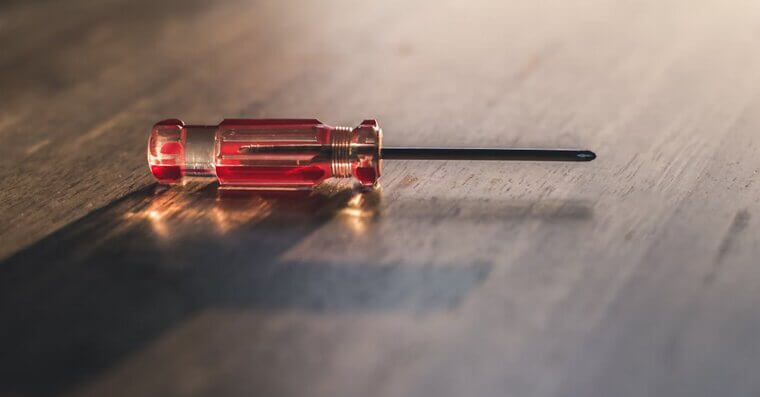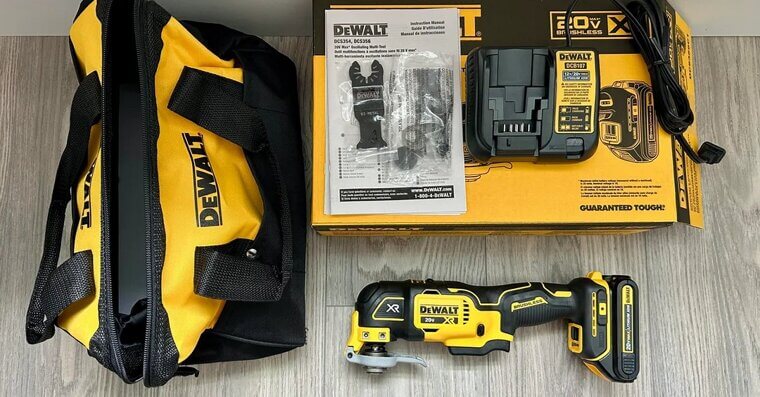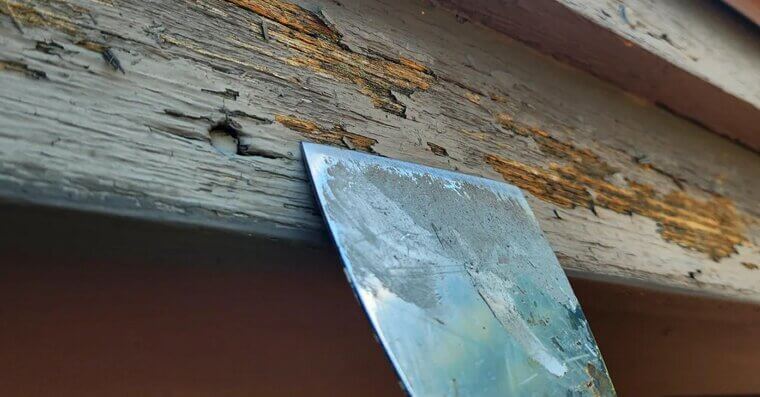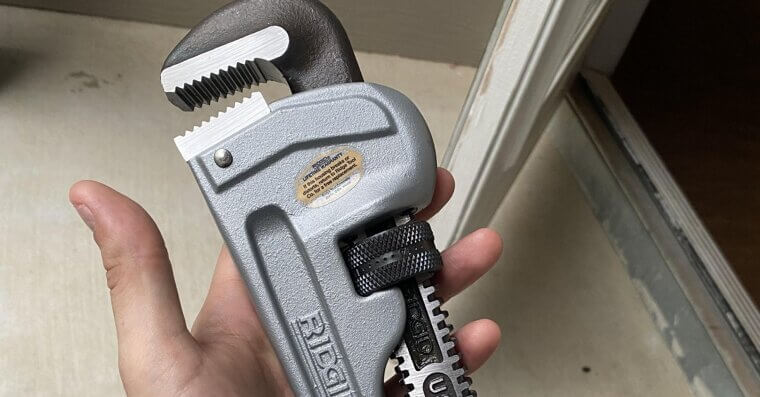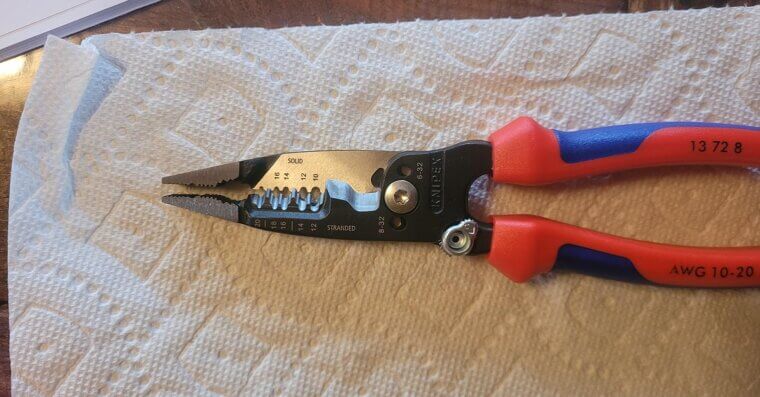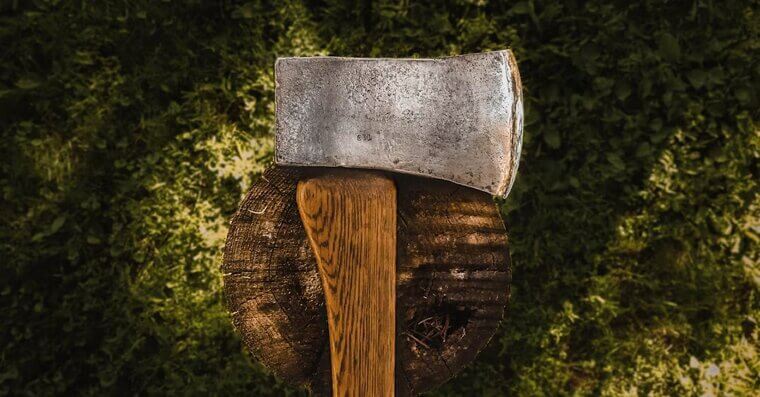The Most Dangerous Tools Found in Home Garages
DIY projects can be rewarding, and sometimes even fun, but the tools we use can do more damage than we expect. Every year, thousands of aspiring DIYers end up in the ER because they misused a tool. Here’s the most dangerous tools of them all, and how to avoid getting hurt by them.
Table Saw
People don’t always appreciate how incredibly dangerous table saws are. One wrong move and you could lose a finger or worse. Kickbacks, flying debris, and accidentally touching the blade are all common causes of injury. Even experienced DIYers can slip up.
Ladder
Technically not a tool, but ladders still land way more people in the ER than you probably realize - especially when it comes to men. Always place your ladder on solid ground, have a spotter if possible, and don’t climb higher than you should.
Chainsaw
There’s a reason chainsaws are the weapon of choice in so many horror movies. They kick back, they jam, and they don’t care if it’s wood or your leg they’re slicing through. One little slip and it’s a 911 call. Always wear proper gear, hold on tight at all times, and never ever try to cut one-handed or from a ladder.
Circular Saw
A circular saw can cut through plywood - and through your fingers just as fast. It’s easy to get complacent with this one, especially if you’re making a lot of cuts. Make sure the blade guard works, keep both hands on the saw at all times, and never bypass the safety features.
Utility Knife
It looks less dangerous than some other things on this list, but this little guy causes a ton of injuries. A dull blade makes you press harder, and one wrong angle slices right into your hand or leg. Always cut away from your body, replace dull blades, and take your time. And make sure you store it well away from curious children.
Nail Gun
Nail guns make quick work of projects - but they also send thousands to the ER every year. And yes, they can very much kill you if you’re really unlucky. Always bear that in mind when using one, and never point the gun at something you don’t want nailed. Treat it like a real gun.
Power Drill
You wouldn’t think a drill is dangerous - until it snags a sleeve or slips off a screw and gouges your hand. Drill bits can snap, and if you're not holding it steady, you could end up with bruises or worse. It’s not advised to let a child use a power drill alone.
Hammer
Good old-fashioned hammers still send plenty of folks to the hospital. One wild swing without engaging your brain and suddenly your thumb is purple and throbbing. And don’t forget flying nails or chunks of material. Always lock your hammer away once you’re done using it, especially if you have kids in the house.
Mower
People are so used to lawn mowers they forget how dangerous they are. Rocks can turn into projectiles, and people often put their fingers way too near the blades. Injuries happen a lot when people try to clear a clog while it's still running. Don’t ever do this!
Snowblower
Yes, people have lost fingers to snowblowers before. People try to clear clogs while the machine’s off, but the tension in the blades can cause them to snap forward unexpectedly. Always use a stick - not your hand - and make sure the machine is fully powered down before you do any unclogging.
Jigsaw
Jigsaws seem safer than other saws, but they still pose serious risks, especially when you're cutting curves or awkward angles. The blade can break or jump, and your fingers are often too close for comfort. Always clamp your material, keep both hands on the tool, and don’t rush the work.
Reciprocating Saw
These beasts cut through wood, nails, and just about anything else - which is part of the problem. If you lose control, it’ll keep going no matter what’s in its way. When using one of these, it’s recommended that you have a friend with you in case something goes wrong.
Angle Grinder
Angle grinders throw sparks, create dust clouds, and can kick back violently if the disc catches. They’re loud, intense, and not beginner-friendly in the slightest. Watch at least one tutorial beforehand, and always wear gloves, eye protection, and a mask.
Wood Chipper
If this one doesn’t terrify you, it should. People have actually lost limbs - or worse - by feeding material improperly or reaching in just a little too far. Even stray clothing can get caught and pull you in. Be so, so careful around your woodchipper – it’s another one that’s a mainstay of horror movies.
Tile Cutter
Whether they’re manual or electric, tile cutters create sharp edges and flying shards. Electric models can also shock you if not grounded properly. Cuts and eye injuries are way more common than you might think, so always wear thick gloves and safety glasses.
Air Compressor
Air compressors seem harmless until they’re not. A hose can whip out of control, fittings can blow, and tools attached to them can become projectiles. Sudden pressure bursts can even cause hearing damage. Treat your air compressor with the utmost respect and don’t let a child use one.
Paint Sprayer
Paint sprayers make quick work of walls, but they can shoot paint under your skin if misused and that’s a medical emergency. Plus, they create fine mist you can dangerously inhale. Always wear a mask, goggles, and gloves, and never point the nozzle at yourself or others.
Hedge Trimmer
Hedge trimmers can easily slice through more than just bushes. People get cut trying to clear jams or while handling them carelessly. Always turn it off before adjusting anything, keep both hands on the handles at all times, and don’t use it while on a ladder.
Staple Gun
Unfortunately, staple guns pack more punch than people expect. They can misfire, bounce, or even shoot straight through thin material into your hand. Always make sure you’re aiming it flat against your project and never, ever treat it the same way you would treat a stapler.
Sledgehammer
A sledgehammer feels great to swing - until you pull something in your back or miss your target entirely. Rebounds and flying debris are real dangers. Wear steel-toed boots and goggles when using this hammer, and make sure children and pets are out of the room.
Socket Wrench
You wouldn’t expect a socket wrench to be risky, but plenty of people twist wrists using the wrong size socket or too much torque. Slipping on a bolt can also send your hand straight into metal or concrete. It’s always best to bear in mind that even the most harmless-looking tool can be dangerous from time to time.
Pressure Washer
That stream coming out of the pressure washer looks like water, but it might as well be a knife. High-powered washers can slice skin, damage materials, and break windows. Always wear eye protection, avoid spraying near people or pets, and keep the nozzle moving.
Dremel Tool
Dremels are small but mighty, and they can be surprisingly dangerous. Bits can break off at high speeds, and it's easy to slip and hit your fingers. They’re also noisy and dusty. Wear goggles, a dust mask, and keep a firm grip. And as with all these tools, keep it away from children as well.
Belt Sander
Belt sanders chew through wood fast, and they’ll chew through your skin even faster. Gruesome, but true. They can also jerk unexpectedly and send your project flying. Make sure to clamp down what you’re sanding and keep fingers far from the belt.
Wood Lathe
A wood lathe spinning at high speed with an unbalanced piece of wood is a recipe for disaster. Flying wood chunks, tool kickback, and hand injuries are all too common if you’re not careful. Make sure the piece is secured, tools are sharp, and you’re wearing a face shield - not just glasses.
Manual Saw
Nurses have seen many a manual saw injury in their day, because it’s easy to slip off the wood or get careless on that final push. Use clamps to hold your material steady, keep your hands clear of the blade, and don’t rush. Just because there’s no motor doesn’t mean it’s harmless.
Wet Saw
Wet saws combine spinning blades with water - what could go wrong? Quite a bit. Wet surfaces mean slippery hands, and the blade can chip or crack tile, sending sharp shards flying. Always wear safety goggles, and keep your hands dry.
Caulking Gun
Nope, it’s not dangerous like a saw, but a caulking gun can still cause issues - especially with repetitive use. Strain injuries, chemical burns, or even eye irritation from the caulking are more common than you'd think. If you don’t know how to use a caulking gun safely, you shouldn’t be using it.
Heat Gun
Heat guns get hot – very hot. They’re great for stripping paint or thawing pipes, but one slip can burn skin or start a fire. Always point it away from yourself, never leave it unattended, and let it cool down completely before putting it away.
Screwdriver
It seems harmless, but screwdrivers can be sneaky. A stripped screw or too much force can send it slipping right into your hand. That’s a great source of embarrassment for some DIYers, so always use your screwdriver carefully.
Oscillating Multi-Tool
This tool is a favorite for tricky jobs, but it vibrates like crazy and can jump if you're not careful. It’s easy to get too close to the blade and many accidents happen that way. Keep a firm grip, always wear safety glasses, and make sure kids and pets are out of the room.
Paint Scraper
Scraping old paint seems harmless until you cut yourself on a jagged edge or stir up lead dust in older homes. Powered scrapers add vibration injuries to the mix. Wear gloves, a mask, and take your time. It’s a tedious job, but rushing it just ups the odds of getting hurt.
Pipe Wrench
Pipe wrenches are heavy, awkward, and love to slip if they’re not clamped just right. A bad angle or wet hands can send it crashing into your knuckles, or even your face. Make sure it’s secured tightly before you crank, and don’t use it as a hammer. That never ends well, but some people do it.
Wire Strippers
If you’re not sure what you’re doing with a wire stripper, a shock or cut is just one squeeze away. Always shut off power at the breaker and double-check with a voltage tester. Don’t take chances with electricity, no matter how basic the tool looks.
Axes
Axes are one of the most dangerous tools around the house – it’s no wonder they’re a stereotypical murder weapon. A bad swing can bounce and strike your leg or foot, resulting in a trip to the hospital. Flying wood chips are no joke either.

